#British Indian army
Text

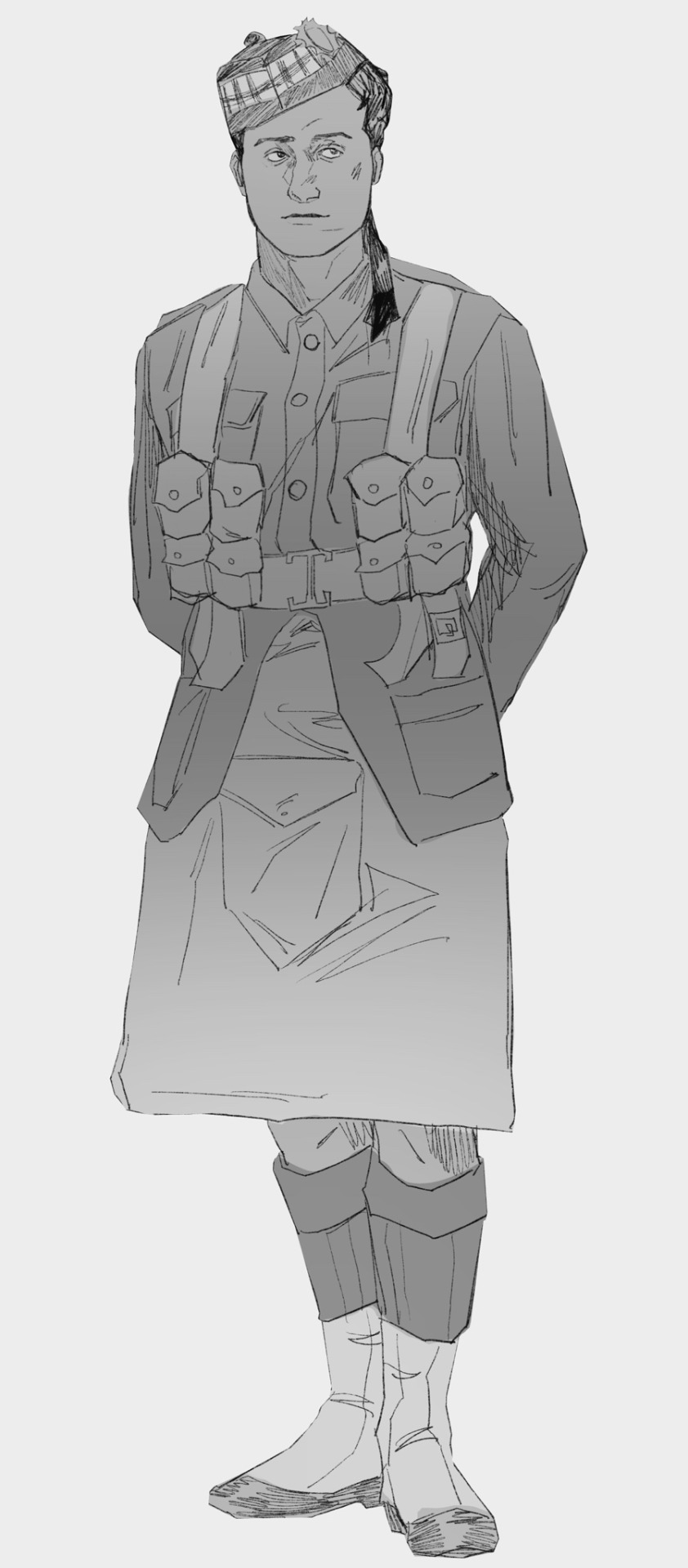
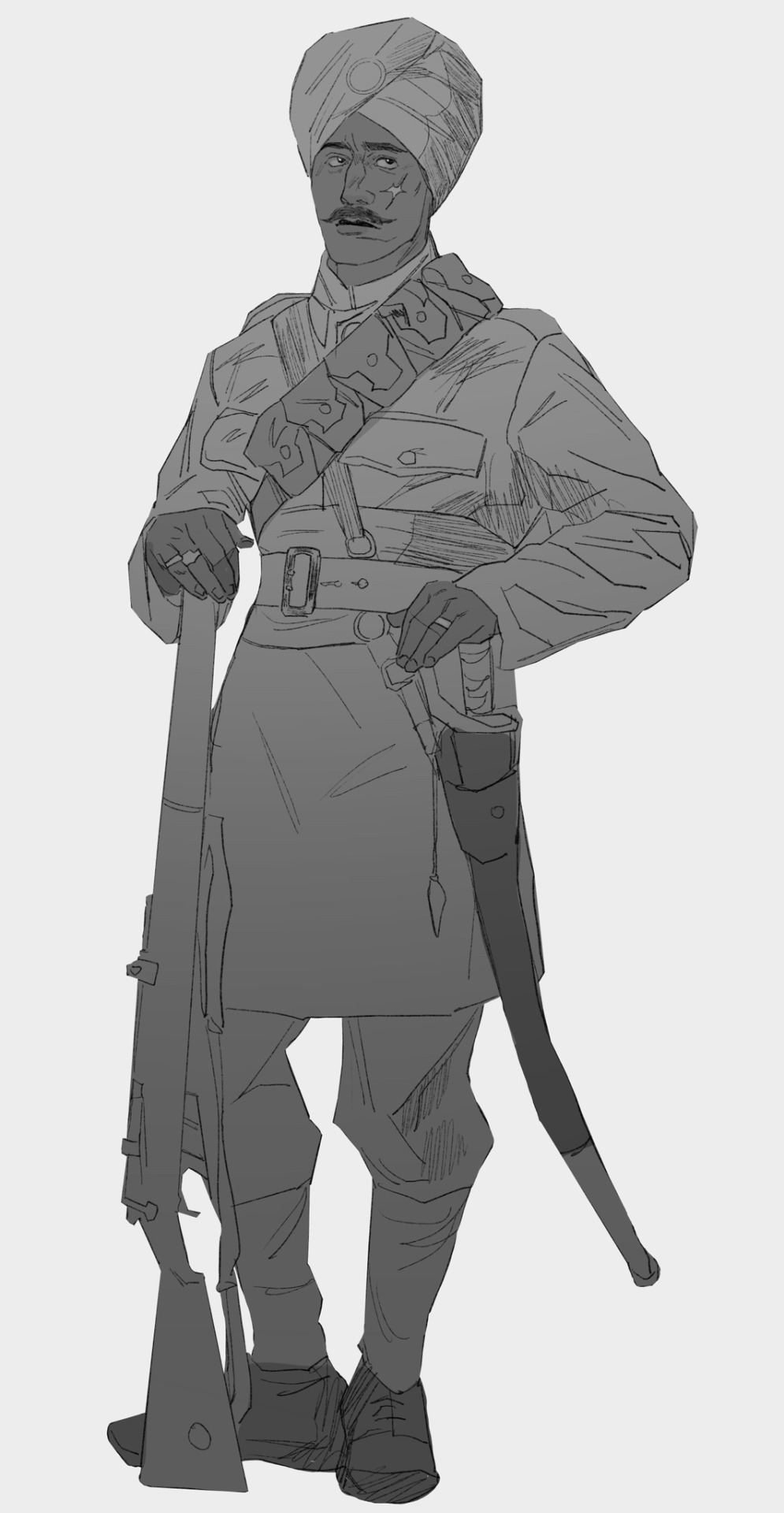

ww1 lads that I need to expand on,,
#ww1#ww1 oc#Australian infantry#15 ludihana sikhs#British Indian army#Gordon highlanders#British army#digital art#myart
36 notes
·
View notes
Text
I finally got around to watching Dunkirk.
Whilst the movie was well made, the erasure of Sikh and Indian soldiers from European history cuts me deeply (as the great granddaughter of the British Indian army’s Sikh men).
Normally, I post pictures or gifs of the actual film with my thoughts but honestly, this time, fuck that.
Look upon the faces of the forgotten. Those who gave everything to defend freedom, while their own homeland was being oppressed.


#dunkirk#the Raj#British Indian army#Christopher Nolan#erasure#fucking colonisers#Harry styles#Tom hardy#cillian murphy#fionn whitehead#jack lowden#kenneth branagh#mark rylance#aneurin barnard#calam lynch#michael caine#Kim hartman#dunkirk 2017
99 notes
·
View notes
Photo

Μνάσεσθαί τινά φαμι καὶ ὔστερον ἀμμέων.**
- Sappho
**I think men will remember us even hereafter.
Men of the British Indian Army were heroes, some recognised but mostly unsung. Their stories and their heroism have long been omitted from popular histories of the first world war (and the second world war).
Approximately 1.3 million Indian soldiers served in World War One, and over 74,000 of them lost their lives. But history has mostly forgotten these sacrifices, which were rewarded with broken promises of Indian independence from the British government as well as inadequate post-war mental health care for those struggling with PTSD.
Khudadad Khan became the first Indian to be awarded a Victoria Cross, the highest honour a soldier can receive on the battlefield. He was a machine gunner with the 129th Baluchi Regiment. A total of 11 Victorian Crosses were won by Indian soldiers. Others are Mir Dast, Shahamad Khan, Lala, Darwan Negi, Gabbar Negi, Karanbahadur Rana, Badlu Singh, Chatta Singh, Gobind Singh and Kulbir Thapa. This is an incredible feat unknown to those unversed in military history. Next to the fearsome Gurkhas, the Indians, especially from the Punjab, have always been recognised as some of the fiercest, brave, and most loyal of fighting soldiers.
The Indian army played a vital role in the victory of 'allies' while India was under the British colonial rule. It provided in large numbers and distinctly to the European, Mediterranean and the Middle East halls of war, obviously from the British side. Whilst its soldiers were fighting in the muddy fields of the Somme and other bloody battlefields of northern France, India itself was struggling for self-rule and dominion status under British, if not for complete freedom.
Sir Claude Auchinleck, Commander-in-Chief of the Indian Army once said "Britain couldn't have come through both wars if they hadn't had the Indian Army." This is painfully true. The myth we tell ourselves is ‘Britain alone’. Yes, that’s true but she wasn’t alone against the dark forces of evil. She had the nations within the empire (and later the commonwealth) standing next to her - the brave servicemen and women drawn from such countries as Australia, New Zealand, Canada, and of course British India.
Having been raised in both India and Pakistan as a child I had always been aware of the sacrifices the past generations of brave Indians and Pakistanis had made for the British Empire through the deep friendships made with Indian and Pakistani childhood friends and their families, but also through the written words of diaries and private papers of my family that lived and served in India in the 19th and 20th Centuries.
The lack of recognition of the brave and sacrificial contribution of the British Indian soldier in both wars has been something that has always upset me as a travesty of justice and the truth of the historical record. Until recently no acknowledgement in the public consciousness has been widely shared of their bravery and courage in history. Happily things have changed, albeit slowly, with more books and films being produced. But more has to be done.
Lest we forget.
Photo: A French boy introduces himself to Indian soldiers who had just arrived in France to fight alongside French and British forces, Marseilles, 30th September 1914.
#sappho#greek#classical#quote#first world war#british india#india#soldiers#trench warfare#british indian army#france#courage#bravery#sacrifice#military#military history#indians#war
114 notes
·
View notes
Text
youtube
The KING has been graciously pleased to approve the award of the VICTORIA CROSS to:—
No. 11620 Naik Gian SINGH, 15th Punjab Regiment, Indian Army.
In Burma, on 2nd March, 1945, the Japanese were holding a strong position astride the road Kamye-Myingyan. Two Companies of the 15th Punjab Regiment carried out successfully a wide encircling movement and established themselves on some high ground about one and a half miles in the rear of this enemy position. As all water supply points were within the enemy position it was vital that he should be dislodged.
The attack on to the first objective was successful and one platoon was ordered to attack a village to the right. This platoon's attack, with the aid of tanks, advanced slowly under very heavy enemy fire. Naik Gian Singh was in command of the leading section.
The enemy were well concealed in foxholes along cactus hedges and Naik Gian Singh soon observed enemy some twenty yards ahead. Ordering his Light Machine Gunner to cover him, he, alone, rushed the enemy fox-holes, firing his Tommy Gun. He was met by a hail of fire and wounded in the arm. In spite of this he continued his advance alone, hurling grenades. He killed several Japanese including four in one of the enemy main weapon pits.
By this time a troop of tanks moved up in support of this platoon and came under fire from a cleverly concealed enemy antitank gun. Naik Gian Singh quickly saw the danger to the tanks and, ignoring the danger to himself and in spite of his wounds, again rushed forward, killed the crew and captured the gun single-handed. His section followed him and he then led them down a lane of cactus hedges, clearing all enemy positions which were being firmly held. Some twenty enemy bodies were found in this area, the majority of which fell to Naik Gian Singh and his section.
After this action, the Company reformed to take the enemy positions to the rear.
Naik Gian Singh was ordered to the Regimental Aid Post but, in spite of his wounds, requested permission to lead his section until the whole action had been completed. This was granted.
There is no doubt that these acts of supreme gallantry saved Naik Gian Singh's platoon many casualties and enabled the whole operation to be carried out successfully with severe losses to the enemy.
The magnificent gallantry of this Naik throughout, his devotion to duty and leadership, although wounded, could not have been surpassed.
— London Gazette, 22 May 1945.
4 notes
·
View notes
Photo

“How Singapore Defenders Slosh Malayan Swamps,” Kingston Whig-Standard. January 6, 1942. Page 1.
-----
Advancing through the swampy jungles of Malaya, wary troops of the British 9th Gurkhas, pictured on manoeuvres, now battle Japanese invaders of the peninsula.
#malayan campaign#british malaya#invasion of malaya#british empir#gurkhas#9th Gorkha Rifles#gurkha regiment#gurkha rifles#british indian army#british empire#world war II#pacific war#imperial japanese army#imperial japan
2 notes
·
View notes
Link
#british Indian Army#Independence Day of Pakistan#partition Horrors Remembrance Day#EDUCATION#10POINTER
1 note
·
View note
Text
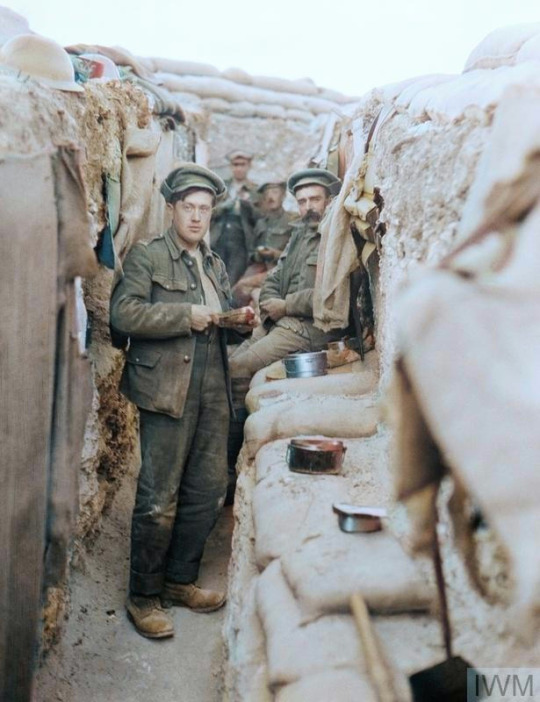
Men of the 27th Division having a meal in a trench, Balkan Front, November, 1916.
#World War One#The Great War#1918#1917#1916#1914#first world war#history#historical#historical photos#world history#canadian history#military history#british army#Indian History#war#military#somme#Battle of the Somme#france#belgium#the western front#vimy ridge#Battle of Vimy Ridge
119 notes
·
View notes
Text

Let's start 2024 the right way, with some highlander art by Daniel Irwin. https://artstation.com/artwork/Qre9LL
#history#british army#military history#18th century#redcoat#seven years war#7 years war#french and indian war#highlander#highlands#kilt#scotland#scottish#scots
127 notes
·
View notes
Text
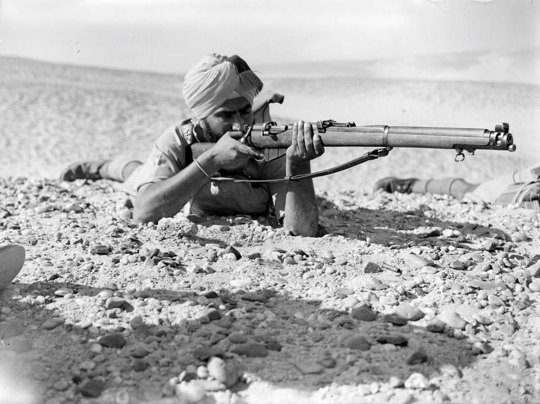
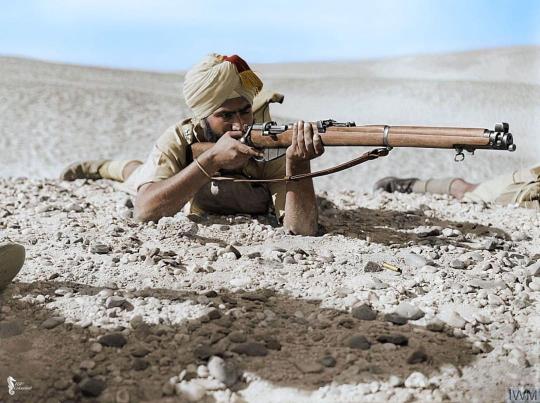
Un soldat indien de l'armée britannique à l'entraînement avec un SMLE (Short Magazine Lee-Enfield) Mk III – Egypte – 16 mai 1940
Photographe : No. 1 Army Film and Photo Section - Army Film and Photographic Unit
©Imperial War Museums - E 53
©Colorisation par ?
#WWII#armée britannique#british army#soldat indien#indian soldier#armes d'infanterie#infantry weapon#fusil#riffle#Lee-Enfield#SMLE#Egypte#Egypt#16/05/1940#05/1940#1940
51 notes
·
View notes
Photo
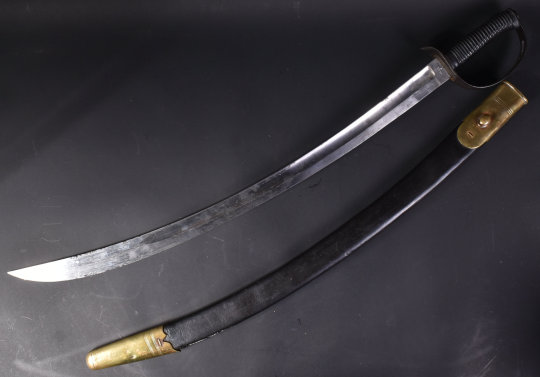


British Pattern 1896 Mountain Artillery Sword
The sword having a blackened, ribbed iron grip with a D shaped guard. The ricasso stamped 1916 with broad arrow inspection mark above I.S.D ( India Store Department) and the spine marked for Wilkinson makers. The leather scabbard further embossed with 1916 date and brass furniture. Measures approx 95cm.
#sword#swords#sabre#saber#british#british army#indian#indian army#wwi#world ward one#the great war#antique#antiques#1896
117 notes
·
View notes
Text

I am on the NMM website a lot, and while looking for something else I came across this portrait of Captain William Peel again.
I have The Sea Beast fresh in my mind with its theme of empire demanding/glorifying heroic sacrifice, and it hits a bit differently. I have seen this painting presented as the ne plus ultra of imperialism: the naval officer with his sword, illuminated in a tropical scene and leading troops to crush a rebellion of the colonised people; he is literally holding a pith helmet. At least the superior first edition of Amy Miller's Dressed to Kill has commentary on this portrait.
But it's a posthumous portrait.
Captain Peel wasn't basking in adulation when this was made, wasn't enjoying the acclaim of his Victoria Cross: he was dead. He has a magnificent statue as well, even more dashing than the portrait, and surely his powerful family had a lot to do with memorialising him—but he still died. He didn't make it home to the metropole.
#the sea beast#imperialism#captain william peel#1850s#colonialism#indian rebellion of 1857#victorians#royal navy#british army#east india company#dressed to kill
24 notes
·
View notes
Text

The Battle of Saragarhi took place on September 12, 1897, when 21 Sikh soldiers of the 36 Sikh Regiment of the British Indian army laid their lives defending the Saragarhi outpost in Waziristan. Saragarhi served as a communication relay post between Fort Lockhart and Fort Gulistan. #battleofsaragarhi #Marktingstrategy #SEObrandingagency #SEO #PPC #SMO #SMM #SeoCompany #digitalmarketingcompany #socialmediamarketingcompany #absolutedigitalbranding #searchengineoptimization #advertisingagencyinmohali #facebook #twitter #marketingonline #internetmarketing #follow #digitalagency #marketingagency #motivation #digitalmarketingtips #onlinebusiness #websitedesign #marketingonline #brand #ABSOLUTEDIGITALBRANDING #BEST #PUBLIC #RELATION #AGENCY #IN #CHANDIGARH #MOHALI #PUNJAB #NORTH #INDIA #onlinebranding #branding360degree #SEObrandingagency #websiteranking #websitetrafic #Digitalmarketing #OnlineAdvertising #instagrammarketing #web #technology #marketingonline #content #instagrammarketing #advertisingagency #web #buildingrelationships #globally #customer #internetbranding-at Absolute digital Branding & Public relations.
#The Battle of Saragarhi took place on September 12#1897#when 21 Sikh soldiers of the 36 Sikh Regiment of the British Indian army laid their lives defending the Saragarhi outpost in Waziristan. Sa#battleofsaragarhi#Marktingstrategy#SEObrandingagency#SEO#PPC#SMO#SMM#SeoCompany#digitalmarketingcompany#socialmediamarketingcompany#absolutedigitalbranding#searchengineoptimization#advertisingagencyinmohali#facebook#twitter#marketingonline#internetmarketing#follow#digitalagency#marketingagency#motivation#digitalmarketingtips#onlinebusiness#websitedesign#brand#ABSOLUTEDIGITALBRANDING#BEST
2 notes
·
View notes
Note
🗣🗣👊🤛☄️🔥☄️🧨📌🪓🔨⛏️⚒️🛠🪚⚔️🗡🗡🗡🗡🗡🗡🗡🔫💉🏹🏹🏹
This is an invasion
Aaahaaannn Anonnn!!!
Nicee attempt but you forgot about my army
💂💂💂💂💂💂💂💂💂💂💂💂💂💂💂💂💂💂💂💂💂💂💂💂💂💂💂💂💂💂💂💂💂💂💂💂💂💂💂💂💂💂💂💂💂💂💂💂💂💂💂💂💂💂💂💂💂💂💂💂💂💂💂💂💂💂💂💂💂💂💂💂💂💂💂💂💂💂💂💂💂💂💂💂💂💂💂💂💂💂💂💂💂💂💂💂💂💂💂💂🔫🔫🔫🔫🔫🔫🔫🔫🔫🔫🔫🔫🔫🔫🔫🔫🔫🔫🔫🔫🔫🔫🔫🔫🔫🔫🔫🔫🔫🔫🔫🔫🔫🔫🔫🔫🔫🔫🔫🔫🚀🚀🚀🚀🚀🚀🚀🚀🚀🚀🚀🚀🚀🚀🚀🚀🚀🚀🚀🚀🚀🚀🚀🚀🚀🚀🚀🚀🚀🚀🚀🚀🚀🚀🚀🚀🚀🚀🚀🚀
#using British army for Indian Affairs#just like they used Indian soldiers for their own international fights
1 note
·
View note
Photo
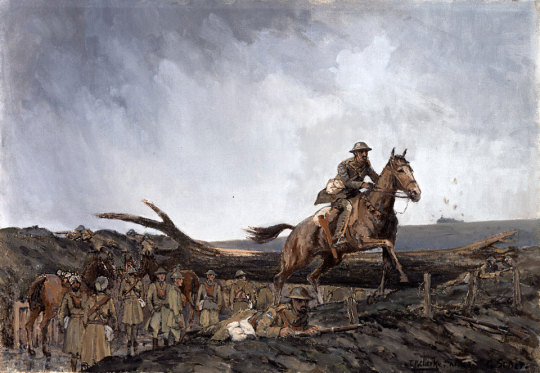
Ανδρείη τας άτας μικράς έρδει.*
- Democritus
Courage makes misfortunes seem small.*
After the German advance on 30 November 1917 during the Battle of Cambrai, the British counter-attacked on 1 December. 4th Battalion Grenadier Guards attempted to recapture Gonnelieu, just south of the Péronne-Cambrai road, south-west of Bonavis, which had fallen to the enemy the preceding day. During this action, Acting Captain G H T Paton commanded the support company. The attack failed but it prevented the Germans from advancing out of Gonnelieu. Meanwhile to the south, the British mounted several cavalry attacks south of Gauche Wood towards Villers-Guislain which had also been captured by the Germans the day before. One of these involved 2nd Lancers (Gardner’s Horse), 5th (Mhow) Cavalry Brigade.
They came under very heavy fire and were soon pinned down. Lance Dafadar Gobind Singh volunteered three times for carrying the messages over open ground under constant fire.First, he carried a report on the position to Brigade HQ and brought back the reply. He then carried another report back to the HQ but was refused permission to return to the front. His regiment eventually completed a successful withdrawal after nightfall.
Gobind Singh received the Victoria Cross, the highest British and Commonwealth award for gallantry in the face of the enemy.
#singh#gobind singh#cambrai#battle of cambrai#first world war#war#gallantry#courage#bravery#courage under fire#british indian army#british army#soldier#2nd lancers#victoria cross#democritus#greek#classical
31 notes
·
View notes
Text

Salute The Brave: Lt. Colin Proudfoot - (Sikhs) British Indian Army. Died of Wound received 06 Jan 1916 whilst carrying supply ammunition under enemy fire, Mesopotamia. (FTP)
1 note
·
View note
Photo

“Jap Bombs Blast Singapore as Allied Forces Go All Out to Stem Attack,” Windsor Star. January 23, 1942. Page 14.
----
JAPANESE bombs have blasted Singapore in heavy raids for the past three days. Official figures report 426 persons killed and 1,049 wounded. A counter-attack by Allied forces is blazing across 80 miles of the Malay Peninsula today as Australians, Indians and Imperial troops throw everything into the fight to stem the Jap attack. Above on the left and right are two scenes of recent bomb destruction in the vital city of Singapore, key to the Empire's Pacific defences. Map shows the exact location of the city in relation to the battle at present raging across the state of Johore. The situation has been described as "extremely critical." Natives and air raid workers are seen combing the wrecked buildings. Raffles Square was hit hardest
#singapore#battle of singapore#fall of singapore#malaya command#III corps#british empire#australia in the british empire#british indian army#第3飛行団#aerial bombardment#terror from the air#air raids#pacific war#world war II
1 note
·
View note